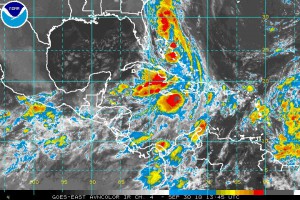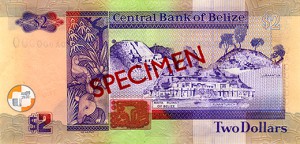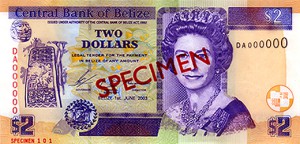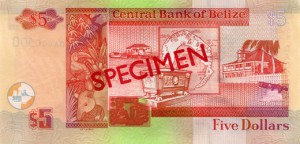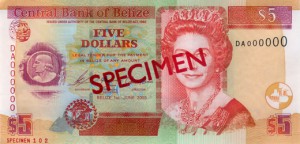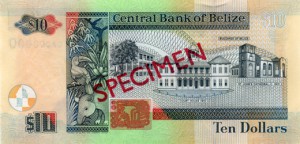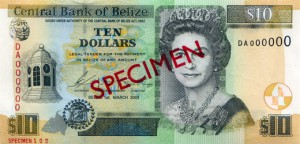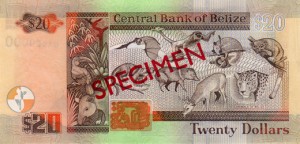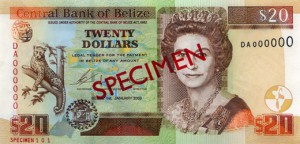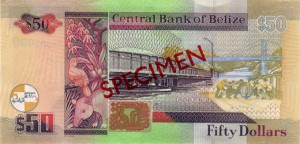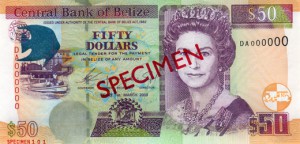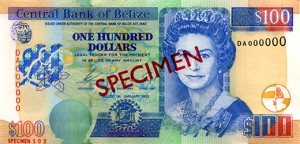The Cayo district lies in western Belize and spans for about 2000 square miles that has some of the most scenic attractions in Belize. Here you’ll find meandering rivers, lush jungles, green hillsides, roaring waterfalls, extensive cave systems, a pine ridge, and Maya ruins. Cayo is rich with wildlife and is a tourist favorite in Belize. For horseback riding enthusiasts, Cayo is the destination for you as its landscaping allows for more horseback riding than in any other part of Belize.
Getting Here
You’ll arrive in Cayo from Belize City via the George Price highway for about an hour-long drive until you arrive in Belmopan (Belize’s capital city). Belmopan is known for its lively market area filled with fresh produce and people bustling about. There is also a bus terminal nearby as well as taxis that are ready to take you to any part of Belize that your heart desires. In Belmopan, you can also find commercial banks, restaurants, fast food shacks, internet cafes and shops.
From Belmopan, you’ll move on toward San Ignacio where you’ll pass the Mennonite settlement of Spanish Lookout. Spanish Lookout largely resembles a neat rural town in Mid-America. It is a thriving agricultural community with two large supermarkets and several hardware stores.
Continuing on your journey to the heart of Cayo, you’ll proceed west of Belmopan on a beautiful drive pass villages like Ontario, Tea Kettle, Central Farm and Esperanza. Along with these villages, you’ll see large tracts of cultivated farmland and fields of cattle grazing. Cayo provides most of the produce, livestock and grain consumed in the entire country.
After a very scenic 72-mile drive from Belize City, you’ll arrive in the twin towns of Santa Elena and San Ignacio which are separate by the Hawksworth Bridge (the country’s only suspension bridge) atop the Macal River. The twin towns are the gateway to Belize’s western border with Guatemala. This area is very popular with tourists. There are many luxury hotels, guesthouses and backpacker hostels in the area along with night clubs, stores, restaurants, cafes, and natural attractions like Mayan ruins and cave tubing.
Things to Do
Visit Benque Viejo del Carmen
Benque Viejo del Carmen is a Mestizo village only two miles away from the Guatemalan Border. Normally very quiet, he village comes to life during its July festival honoring the village’s patron saint with food, presentations and games. Easter is also quite lively with religious rituals taking place on Good Friday where Christians from around the country would come to see the Passion of Christ procession.
Cahal Pech Maya Ruin
Cahal Pech is set atop a hill only a mile from town. It’s a 15-minute hike to the top, but the spectacular views of San Ignacio and the Belize River Valley are very rewarding. There’s a museum at this site with many Mayan artifacts on display. Nearby, down the Bullet Tree Road, is El Pilar Archaeological Reserve which is the site of the annual Mayan Celebration that takes place every April.
Xunantunich Maya Ruins
Xunantunich translates to “Maiden of the Rock” and stands at a whopping 130 feet tall. This Maya site is located 8 miles west of San Ignacio. El Castillo is the tallest structure at Xunantunich and the second tallest in Belize. Climbers who can reach the top can enjoy panoramic views of Cayo and Guatemala.
Retire in Cayo
Cayo has a booming expat retirement community after Corozal and Ambergris Caye. Cayo is a popular choice because it has a low cost of living than Ambergris Caye and a lot more open spaces available for purchase than Corozal.
Cayo has two universities- the University of Belize and Galen University. Galen University is an affiliate of Indianapolis University of the USA. Cayo also has an American School that caters to kids of diplomats and expats just outside of Belmopan.



